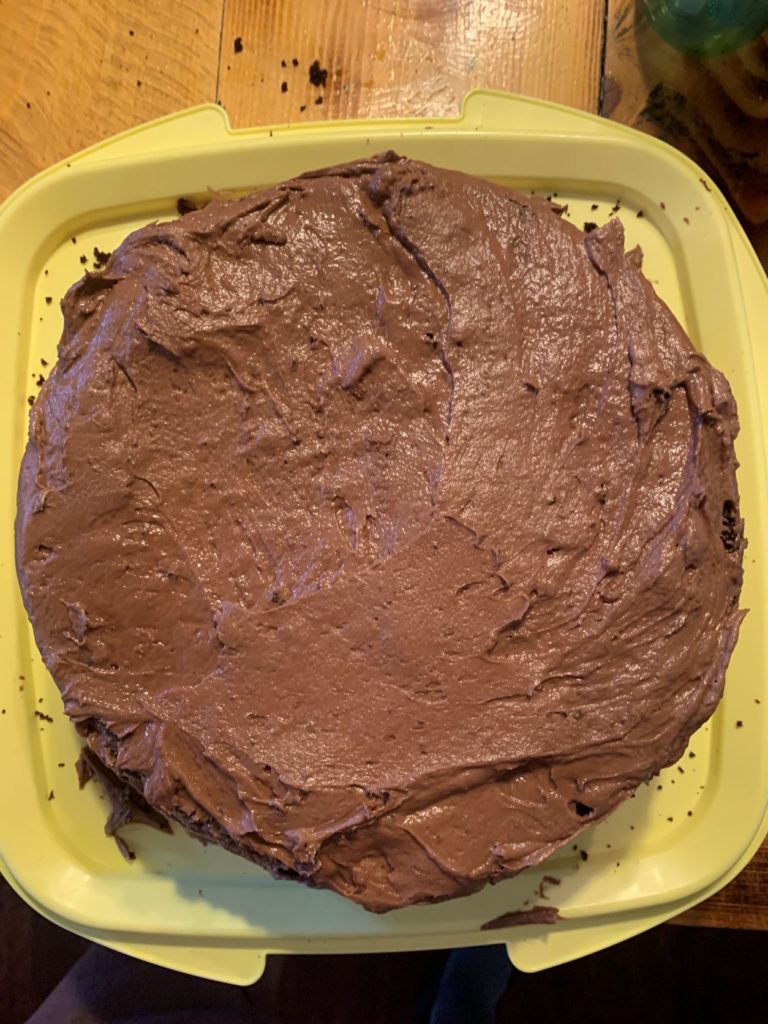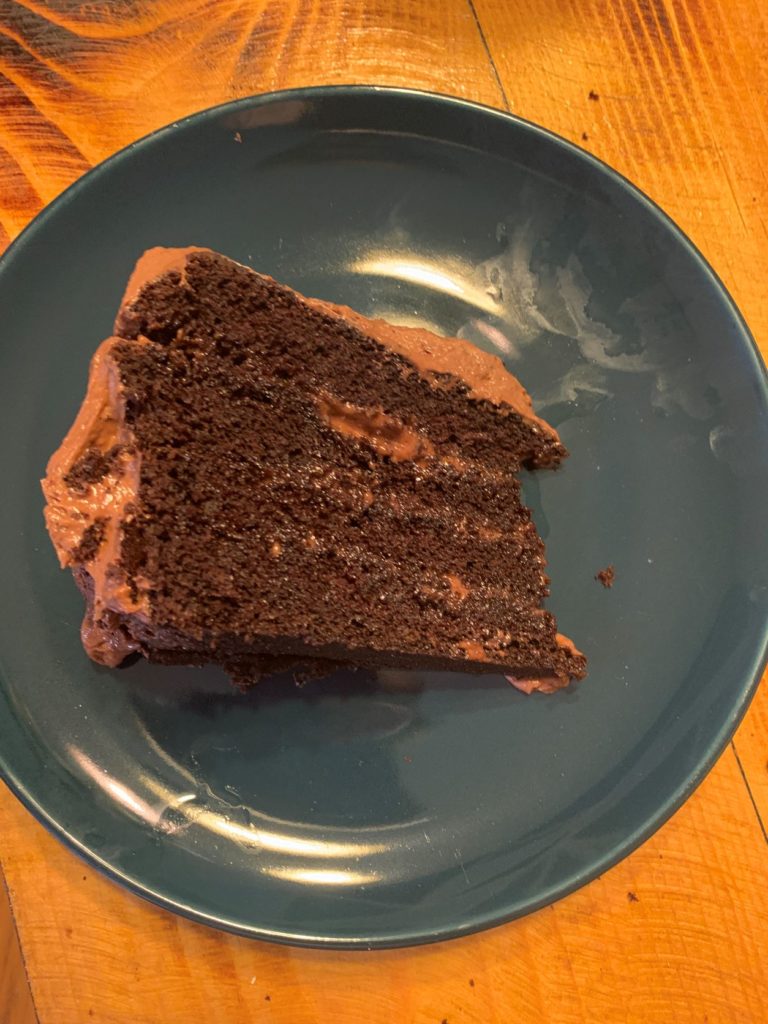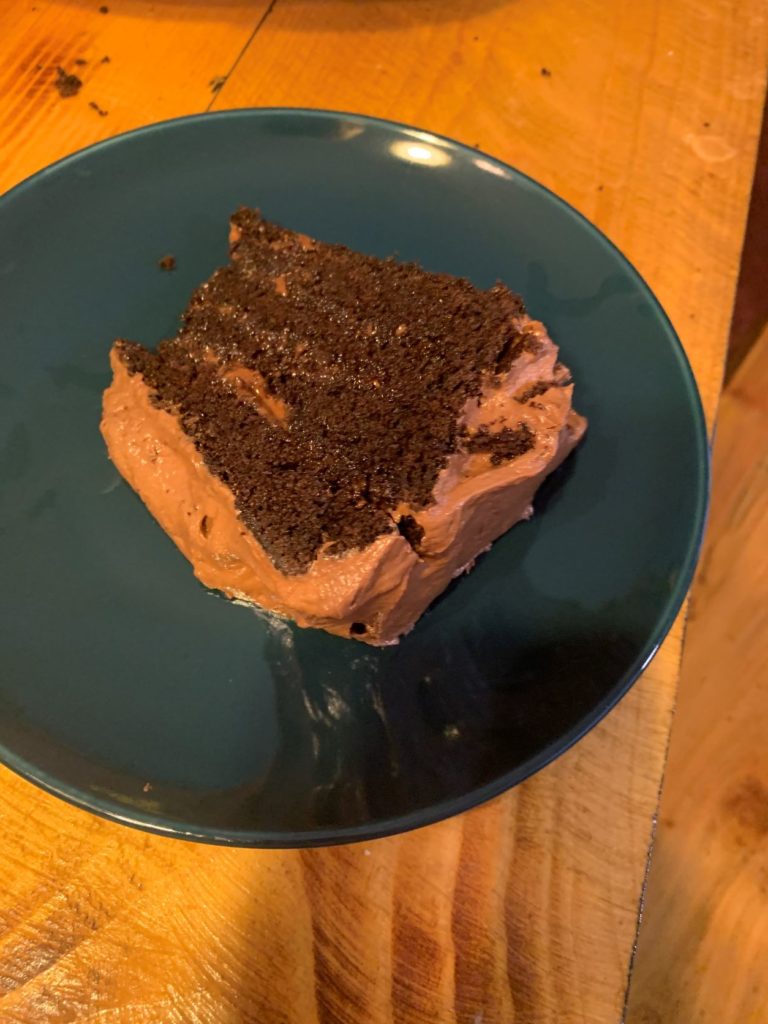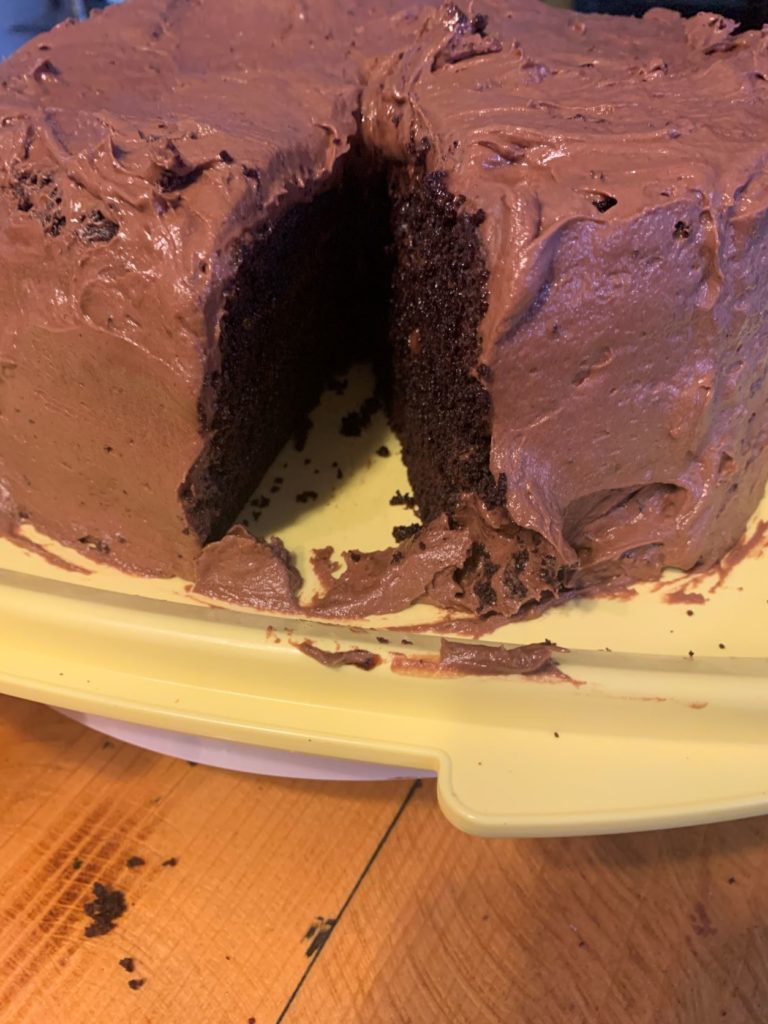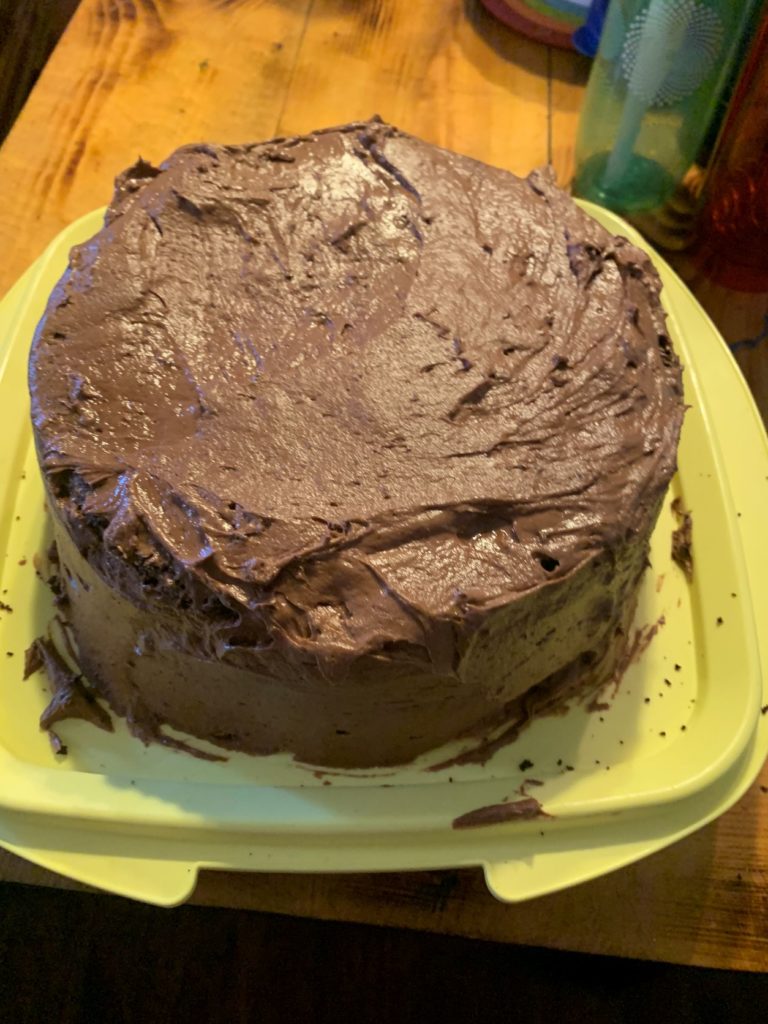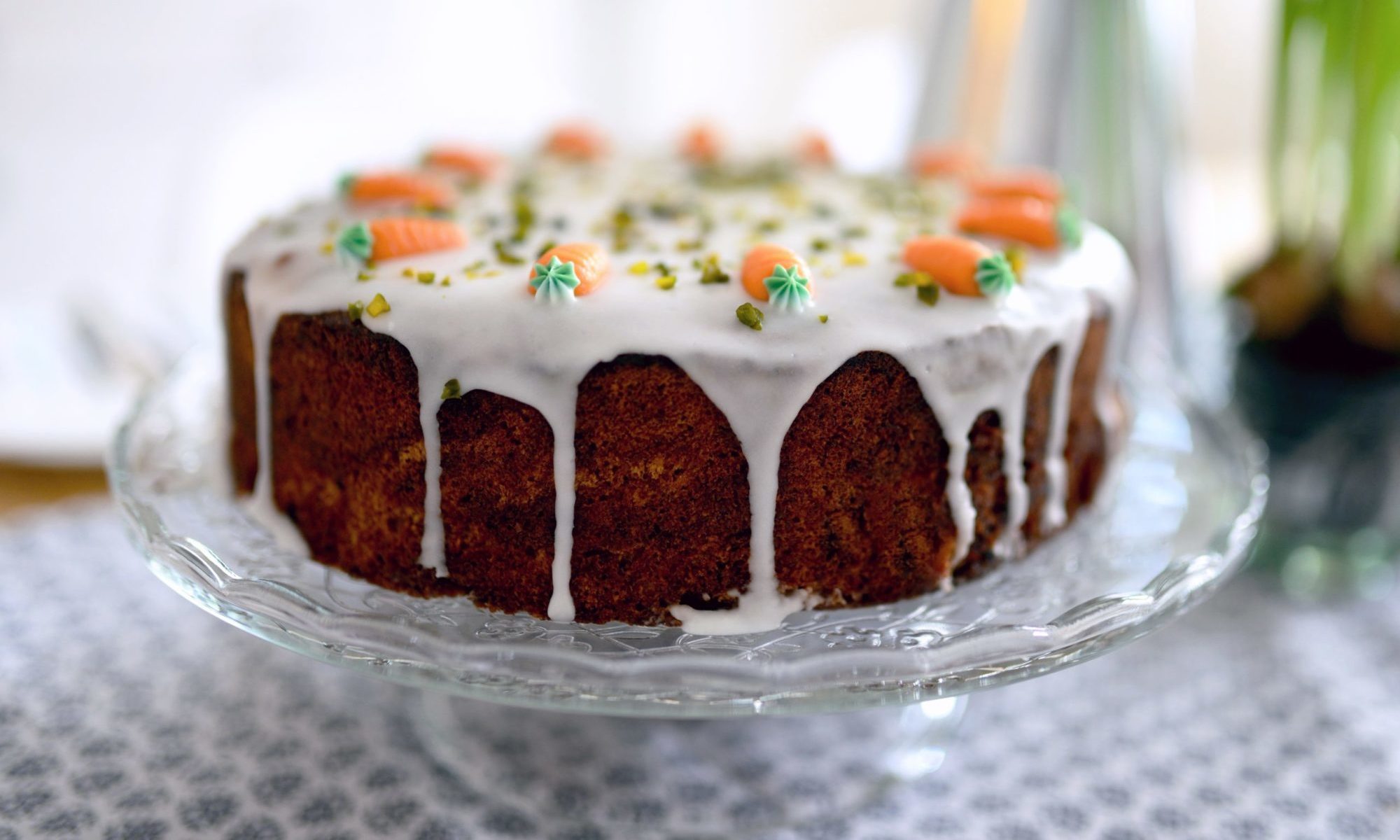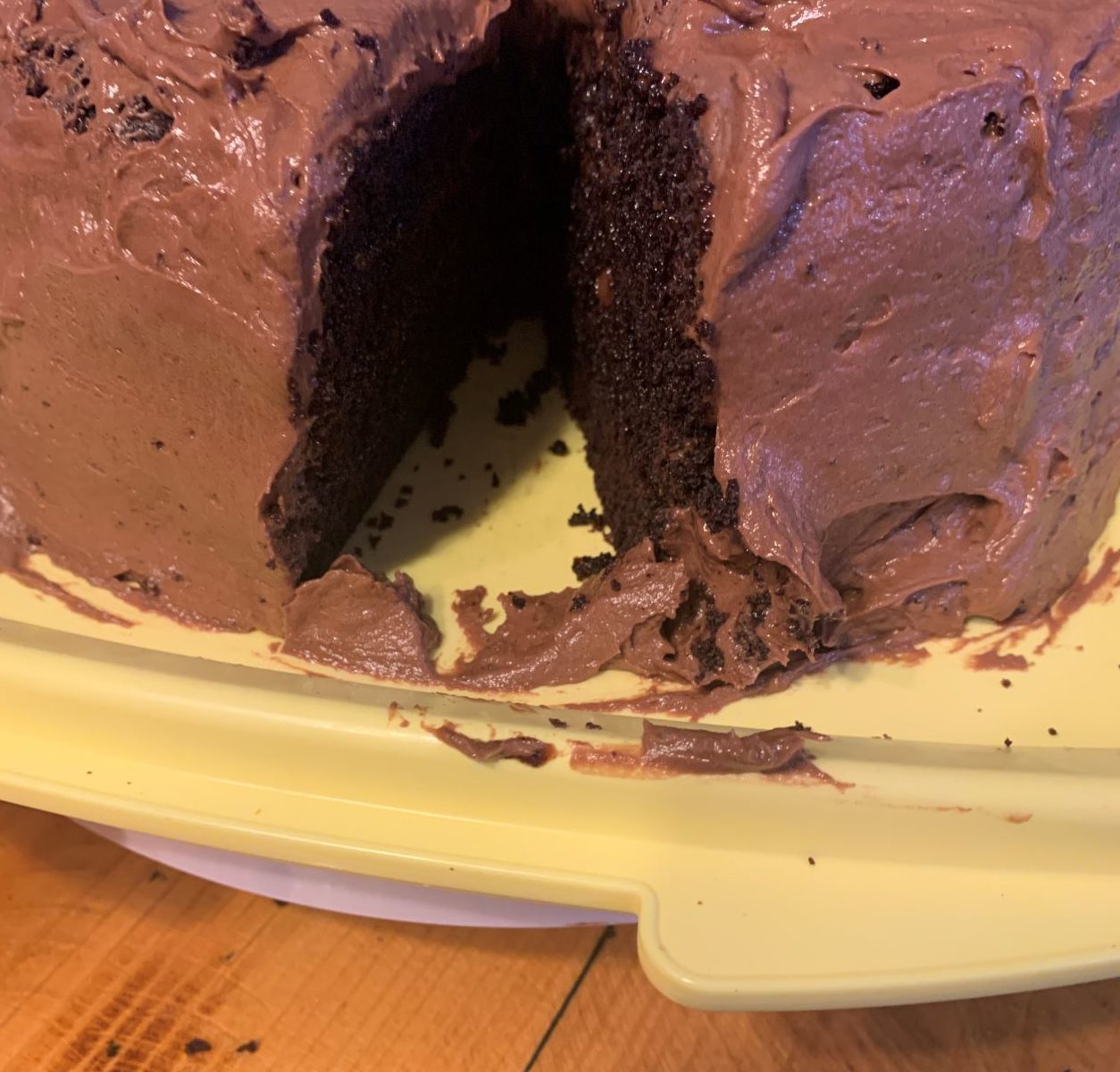The hardest part of this cake is spelling mayonnaise correctly in the write-up.
The second hardest bit is that I loathe mayo. It is not food. It’s barely an ingredient. It’s gross and icky and I hate it.

As I’ve told more people about this project, some people have asked if I’m really going to have enough cakes to make a Southern cake every week. And my approach is still going to be to make cakes that the South claims, even if research points out that that claim is bogus. And that’s where find ourselves today. Because even though everyone nods sagely when I bring up mayonnaise cake, it is a Southern transplant, not a native.
The origin of the mayonnaise cake is traditionally thought to trace back to the Depression-era, but the first published version appeared in the Oakland Tribune in 1927 becoming popular at the turn of 1940 in response to the rationing of eggs and sugar as part of wartime rationing. Then, the recipe was taken by Ms. Frank Price, wife of a Hellmann’s Mayo salesman, and it was put on the side of mayo bottles to help increase sales. After that, the recipe began to gain further traction with it being pushed in the 1950’s as a way to save time.
There was also a period where it was known as the $100 Mayonnaise Cake and some said that it was the recipe that began at the Waldorf Astoria in New York. However, the Astoria cake has no mayo in it, and thus, this is just a game of telephone that got out of hand that ended up lending some classy shine to the recipe’s popularity.
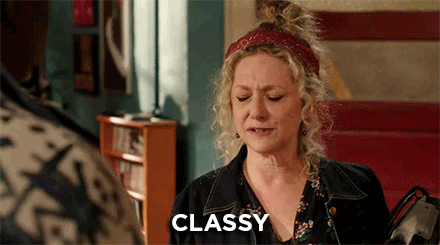
So what does the mayo do? According to Marion Cunningham it makes the cake more shelf stable and it adds a richness to the cake. So I set off to make this cake this afternoon.

I used a Southern Living recipe for a chocolate mayonnaise cake. It’s your standard sponge cake with cocoa powder and coffee mixed in. Where the mayo comes is that instead of butter, a cup of mayonnaise is added to the batter, providing the fat for the overall cake structure. It all whips together and then is spread between cake pans for baking.
And baking.
And baking.
See, it was supposed to go into the oven for 23 minutes. And when I opened my oven then, the cakes weren’t just undone. They were soup. So I went 5 more minutes. Then 5 more. Then 10. Then 6. Finally, more than twice the time that I was given, they were done.
This is the point that I looked back at the recipe and realized that I was being dumb. See, the recipe clearly said to divide the batter between three cake pans, and I only did two. Fifty percent bigger cakes means a drastically increased baking time.
While the cakes were baking, I had plenty of time to knock together a butter cream with powdered sugar, vanilla, corn syrup, bittersweet chocolate, and heavy cream. I ended up adding a lot more heavy cream than called for because I wanted a more spreadable icing, but it all came together well.
I leveled the cake and split each cake into two layers, spreading some icing between each layer. I’m always afraid I’m going to run out, so I never ice enough in the middle. I’m still learning, and by the end of this project, that’s one bit that I hope to have cracked. I stacked the layers, frosted the top and outer edges, and called it a day.
So how is it? It’s good. It’s a chocolate cake. It tastes like a chocolate cake more on the coffee bitter end than on the milk chocolate, store-bought sweet frosting side. It would go well with tea or coffee. And while the texture is a bit more robust than my go-to chocolate cake, if I didn’t tell you, you’d never know there was mayo in it. Not a bad cake, but not at the top of the list either. Next!
